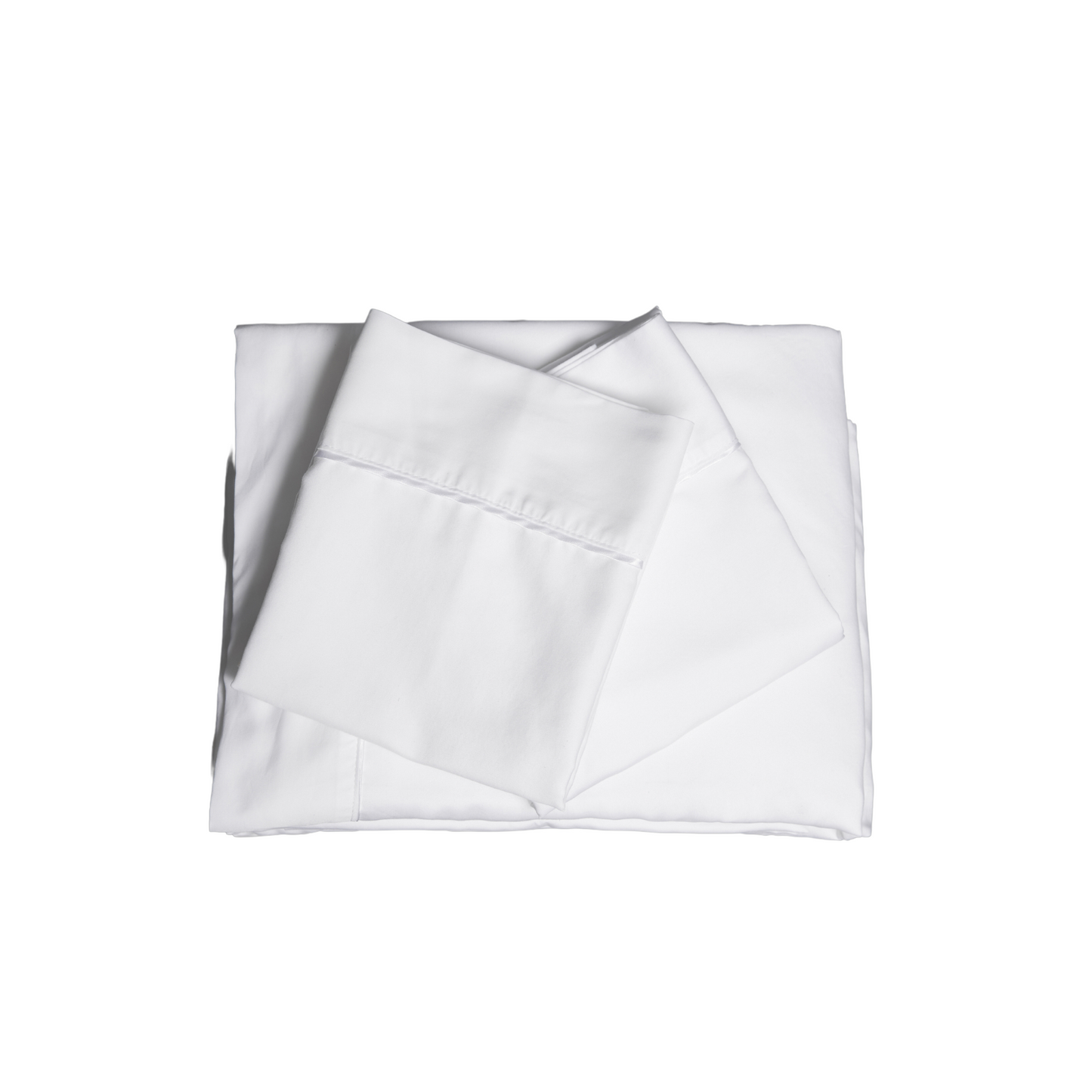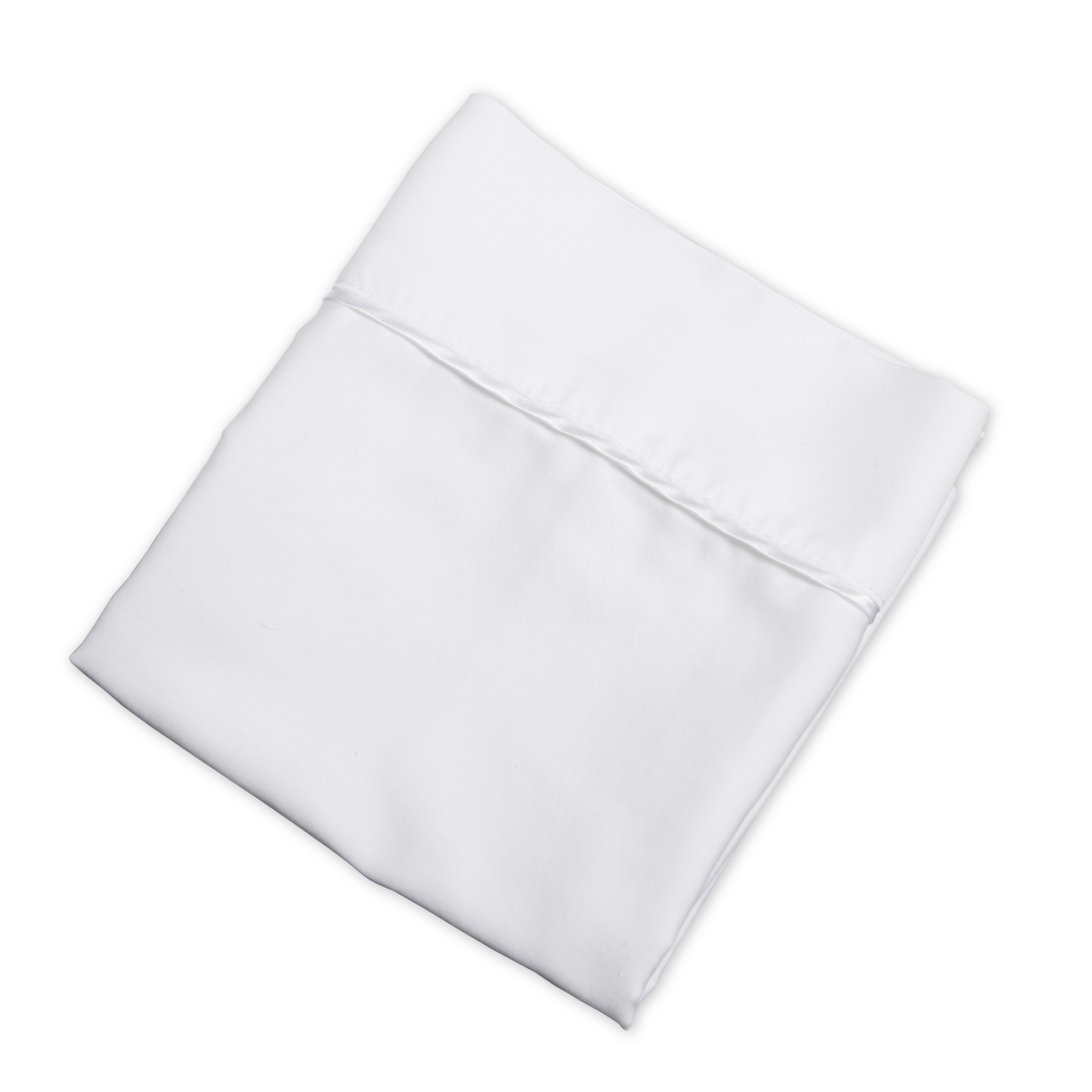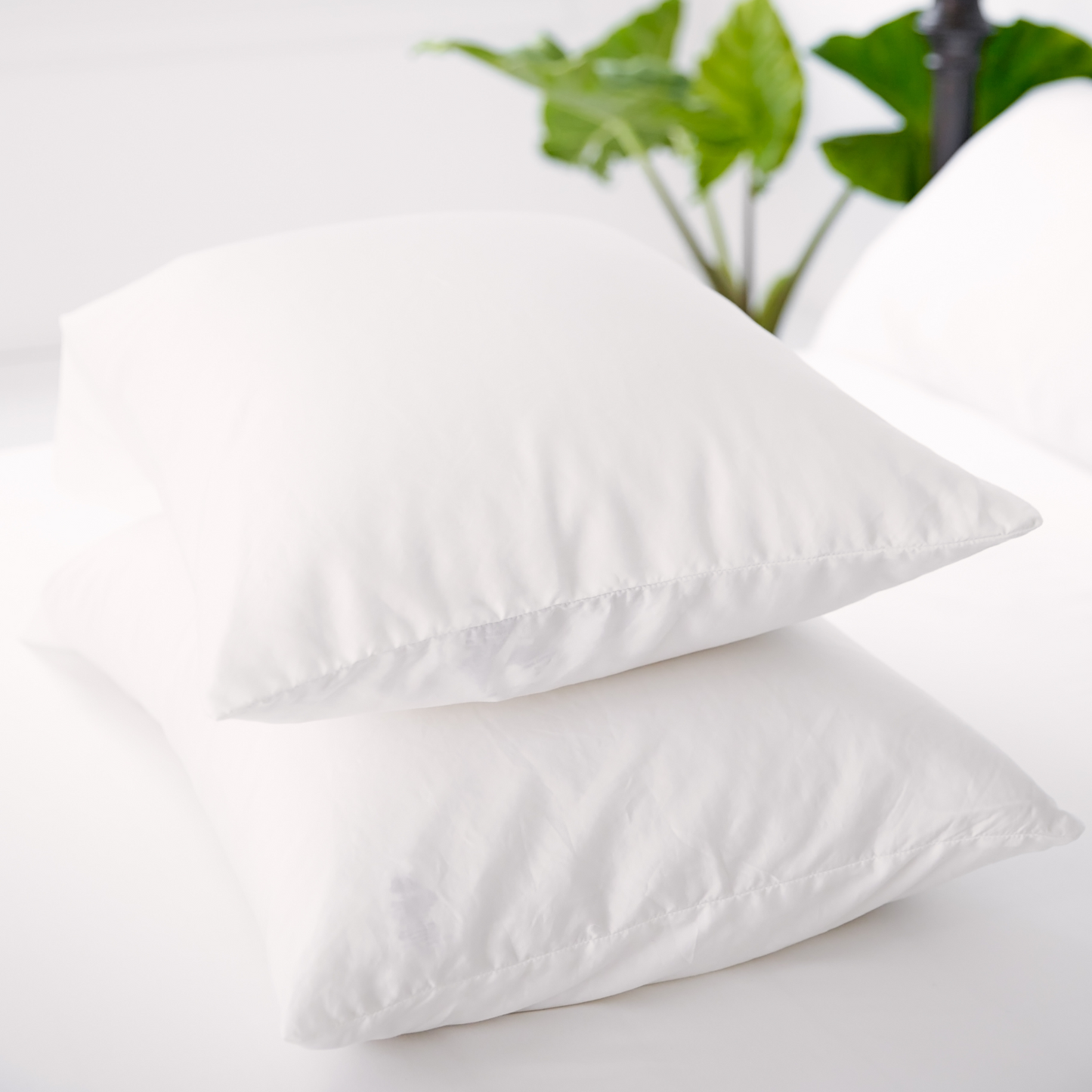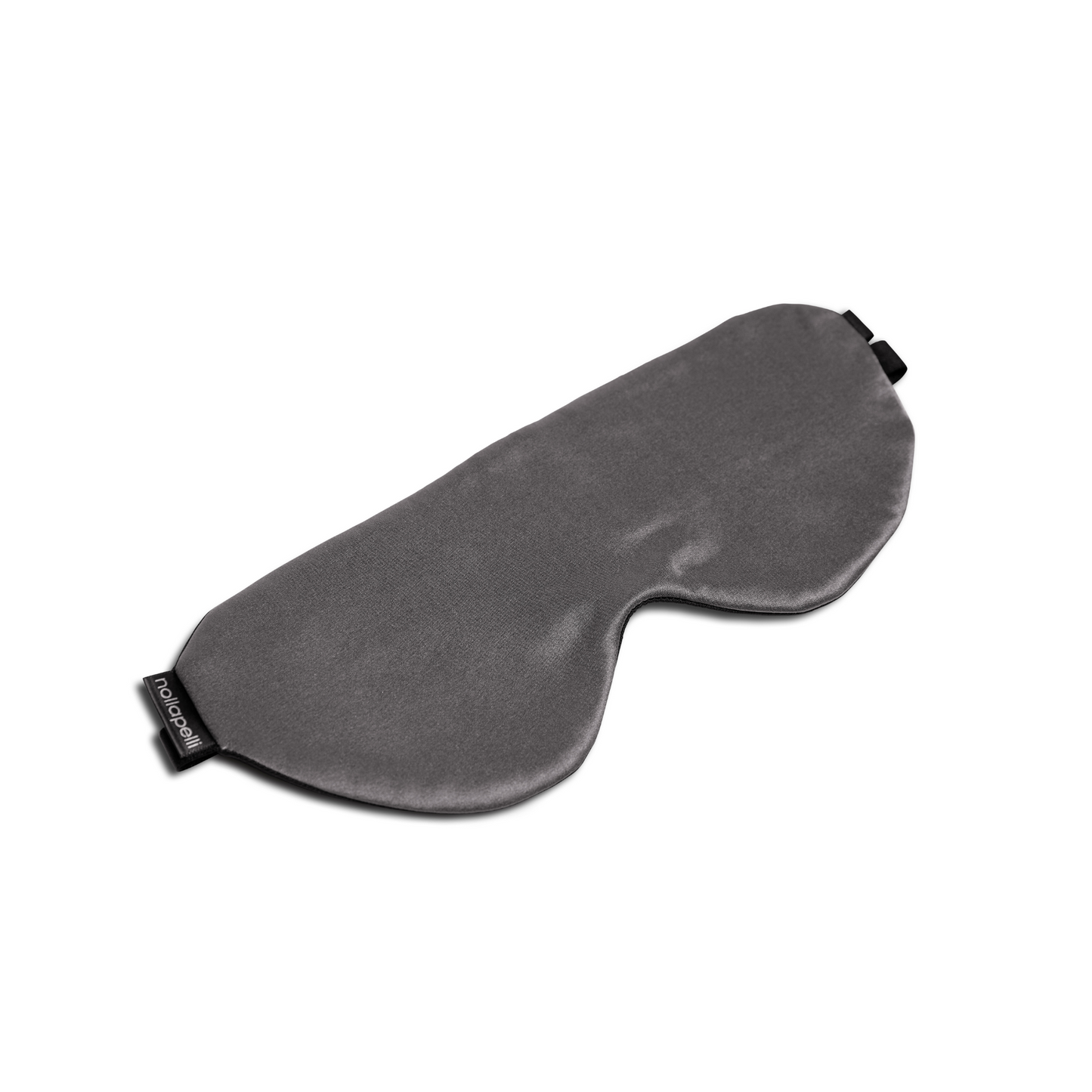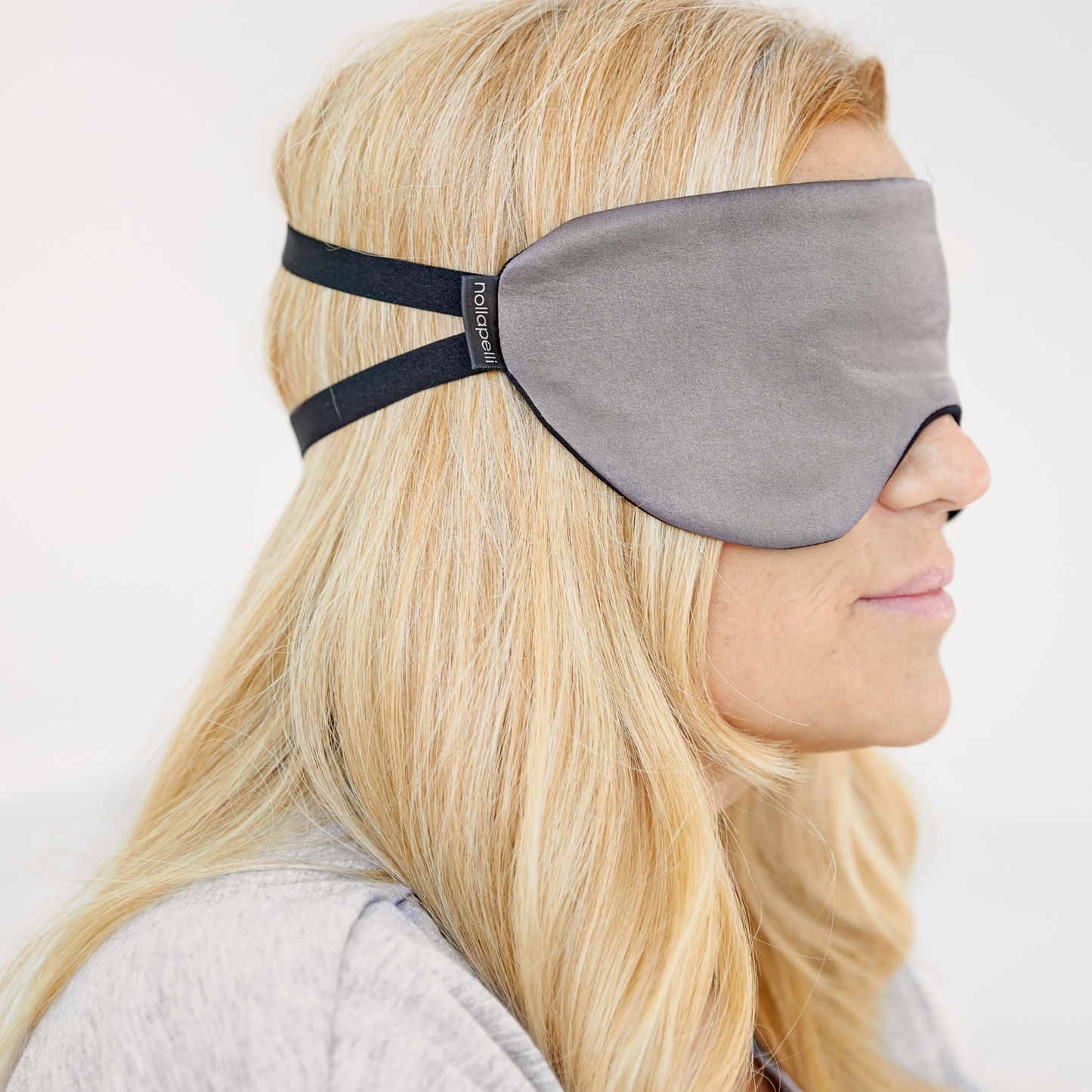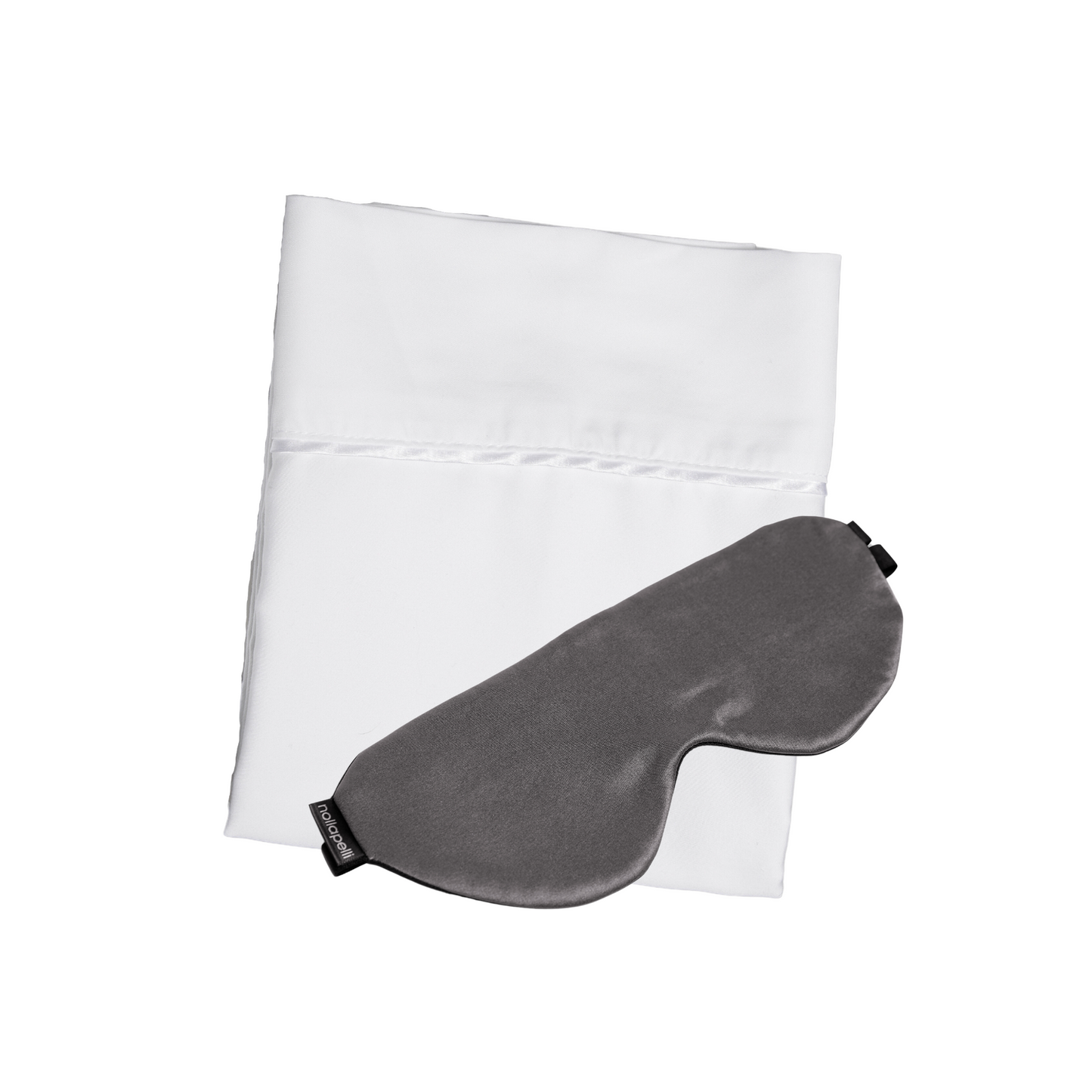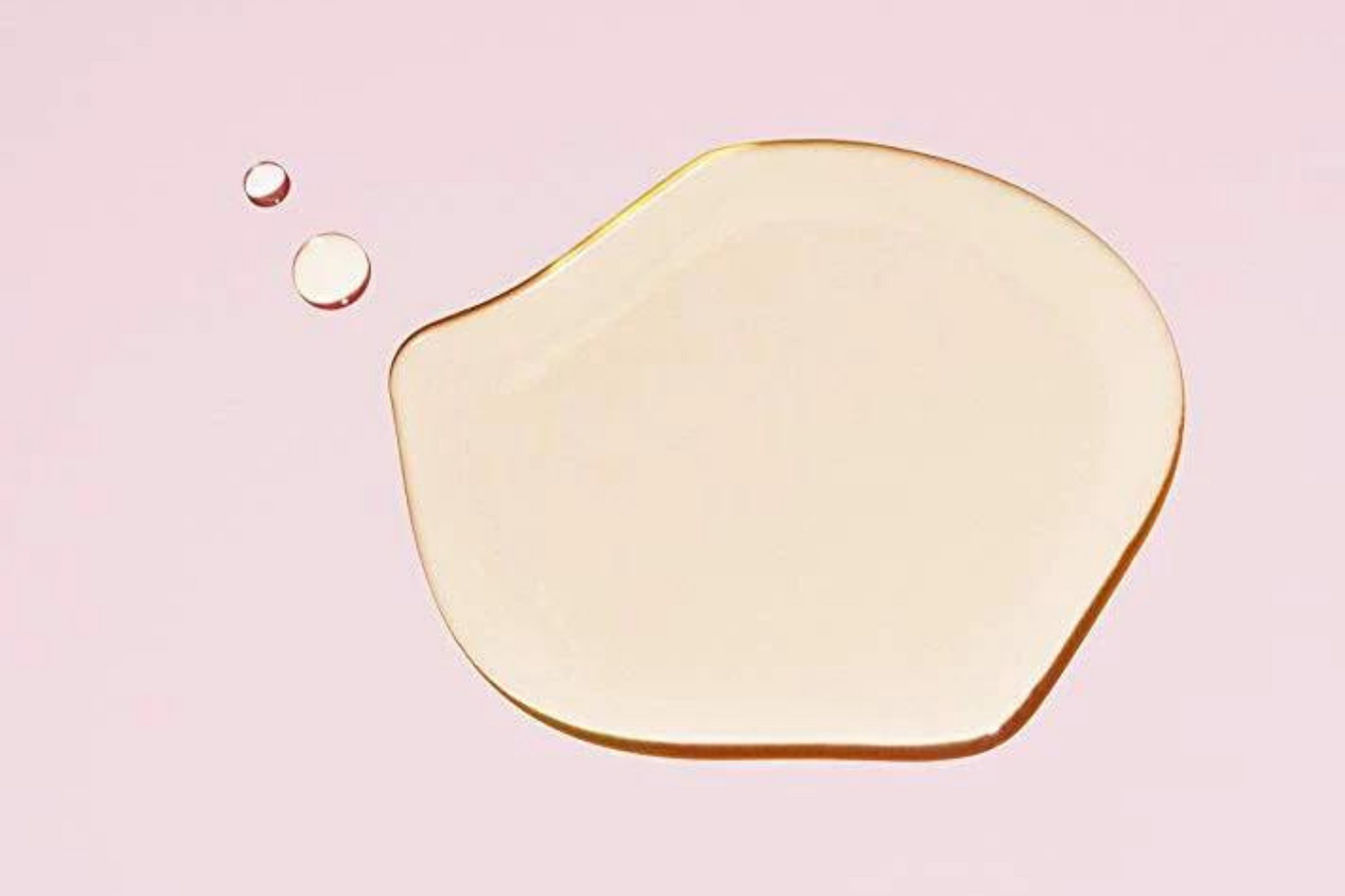
Cotton is one of the most absorbent materials on the planet.
You witness the absorbent qualities first hand when you use a cotton ball to soak up whatever liquid it contacts. It almost magically draws the liquid up into its fibers, trapping it there. Except it’s not magic -- it's simple science.
Understanding this science can help you determine when cotton is an inappropriate material to use (spoiler alert -- it's not great for workout wear or bedding).
Here’s how cotton works and how cotton can be dangerously ineffective in certain situations.
Cotton’s Absorbent QualitiesCotton fibers are extremely absorbent. According to ScienceDirect, cotton can carry to up to 27 times its weight in water.
Why is this? The basic molecular structure of cotton is perfectly attuned to collecting and retaining moisture. Water (H2O) is made up of two hydrogen atoms and one oxygen atom. The oxygen atom loves to attract electrons, which gives it a negative charge. Those hydrogen atoms, however, are positively charged. This makes the water molecule a dipole, which operates sort of like a magnet, clinging to any oppositely charged molecules that come nearby.
Cotton, you guessed it, is one of those oppositely charged molecules. The oxygen-hydrogen groups that line the edge of cotton’s long cellulose molecule attract water, sucking it right up into its fibers. For this reason, cotton is considered a hydrophilic material, and it's going to attract and hold on to whatever water it can, up to its enormous capacity.
Other materials, like nylon for example, don’t have these same properties, and they are often used in workout apparel, where staying dry is key.
Cotton KillsHikers and backpackers have a saying: cotton kills. When you’re faced with a survival situation, cotton can often mean the difference between life and death.
“National Park employees, Girl Scouts and Boy Scouts all use the phrase ‘cotton kills’ to remind people not to wear it when in the woods for an extended period of time,” Appalachian Trail Histories says. “The main complaints against cotton are the time it takes to dry, stretching when it is wet, and chafing.”
While these characteristics can be uncomfortable at any time, they become particularly dangerous in colder temperatures, which is how cotton got it’s nefarious reputation. “Getting wet in the cold is dangerous no matter what material the person wears,” Appalachian Trail Histories says, “but a fabric that retains moisture slightly increases the chance of hypothermia. Of all the fabrics available today, cotton is one of the most uncomfortable to wear when wet.”
This is a big reason why cotton is not frequently found in modern athletic clothing. Your morning jog might not seem like a life or death situation, but the same principle applies, and there’s nothing more uncomfortable than the feeling of your athletic clothing clinging to you during a workout.
A Better AlternativeFortunately for all of us, fabrics can be engineered to manage a range of properties including moisture, along with temperature and friction too.
At Nollapelli, we applied basic scientific principles, along with a proprietary combination of yarns and a smart fabric construction, to create bedding products that are cooler, drier, smoother, easy care and more durable than high end cotton bed sheets. Our fabric is not only cooler to the touch, it also moves heat and moisture away from the surface of the skin two times faster, and is two times more breathable than cotton sheets, ensuring your body stays cool and asleep.
Cotton is fine for some things, like removing nail polish or sopping up spills, but in any situation when it’s important to stay dry and comfortable, avoid cotton materials. And when it comes to your bedding, find the sheets you deserve with a fabric that work for you, not against you, while you sleep.

